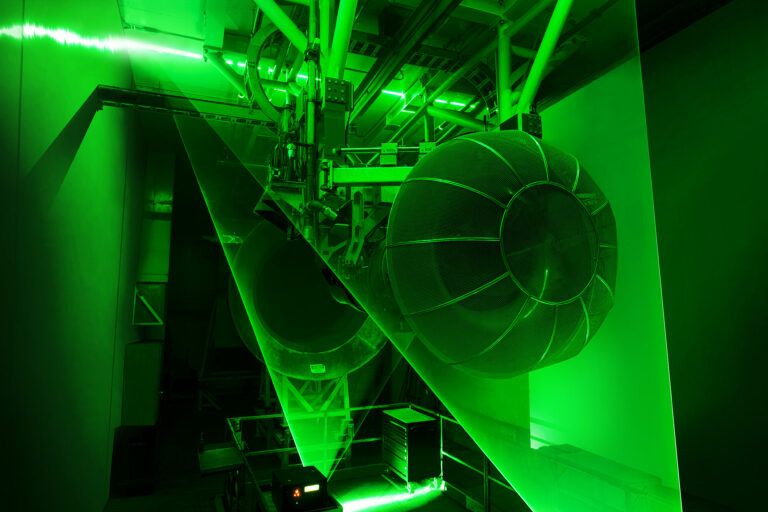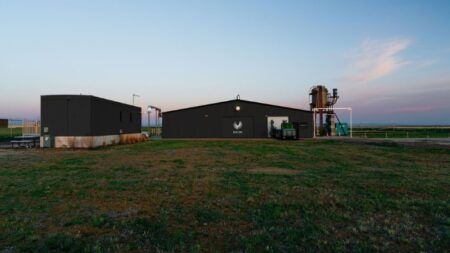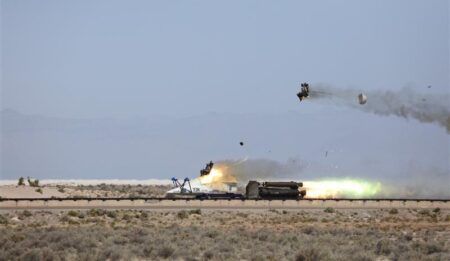Pratt & Whitney and Virginia Tech have announced a pioneering new technology for calculating thrust using lasers to enable high fidelity measurement of key gas turbine engine parameters including velocity, temperature, and density.
Known as Filtered Rayleigh Scattering for Thrust measurement (FRST), this new optical instrumentation technique offers significant advantages compared to traditional sensors and probes, which will support the development of more efficient engine core technologies and could enable the measurement of non-CO2 particulate emissions in flight.
“The ability to use lasers and optical sensors represents a major step forward in engine instrumentation technology and is testament to the longstanding collaboration within the Pratt & Whitney Center of Excellence at Virginia Tech,” said Geoff Hunt, senior vice president, engineering and technology, Pratt & Whitney. “FRST provides a less intrusive and more cost-effective method for measuring a range of engine metrics. We see exciting potential for FRST to help advance gas turbine propulsion technologies, particularly involving smaller and more thermally efficient engine cores, which are key to our next generation military and sustainable commercial engines.”
A patent-pending technology, FRST makes use of the ultraviolet light spectrum and relies on the principle that light scattering back from air molecules passing over a laser-illuminated area can provide information about the gas flow field, from which thrust can be derived. Applied to a turbofan engine, the light is provided by a laser beam directed across the turbine’s gas path, while the resulting scatter is recorded by a high-performance camera and filtered for corruptions in the signal.
FRST optical instrumentation potentially eliminates the need for traditional sensors and probes, which can be difficult to install and cause flow blockage, particularly on smaller engine cores where space is limited. FRST also presents opportunities to measure non-CO2 particulate emissions, which could contribute to industry wide efforts to understand and mitigate the environmental impact of those emissions, particularly with regard to contrail formation.
“Though the principle of Rayleigh scattering has been known for centuries, Pratt & Whitney and Virginia Tech engineers have harnessed recent advancements in computing power, laser and camera technology to demonstrate the first successful application on a turbofan engine,” said Todd Lowe, professor of Aerospace Engineering at Virginia Tech. “As we work towards in-flight demonstrations of FRST, we expect the technology will have other applications in the development and certification of aircraft engines.”
Pratt & Whitney and Virginia Tech’s joint research team successfully measured engine thrust using FRST optical techniques on a research engine in a test stand at Virginia Tech recording similar accuracy to that of traditional sensors and probes. The teams are working towards flight testing the technology.
Pratt & Whitney and Virginia Tech have a long-standing collaboration in propulsion technology development, with a focus on advanced instrumentation. The collaboration enables multiple graduate level projects and internships at Virginia Tech and Pratt & Whitney.





